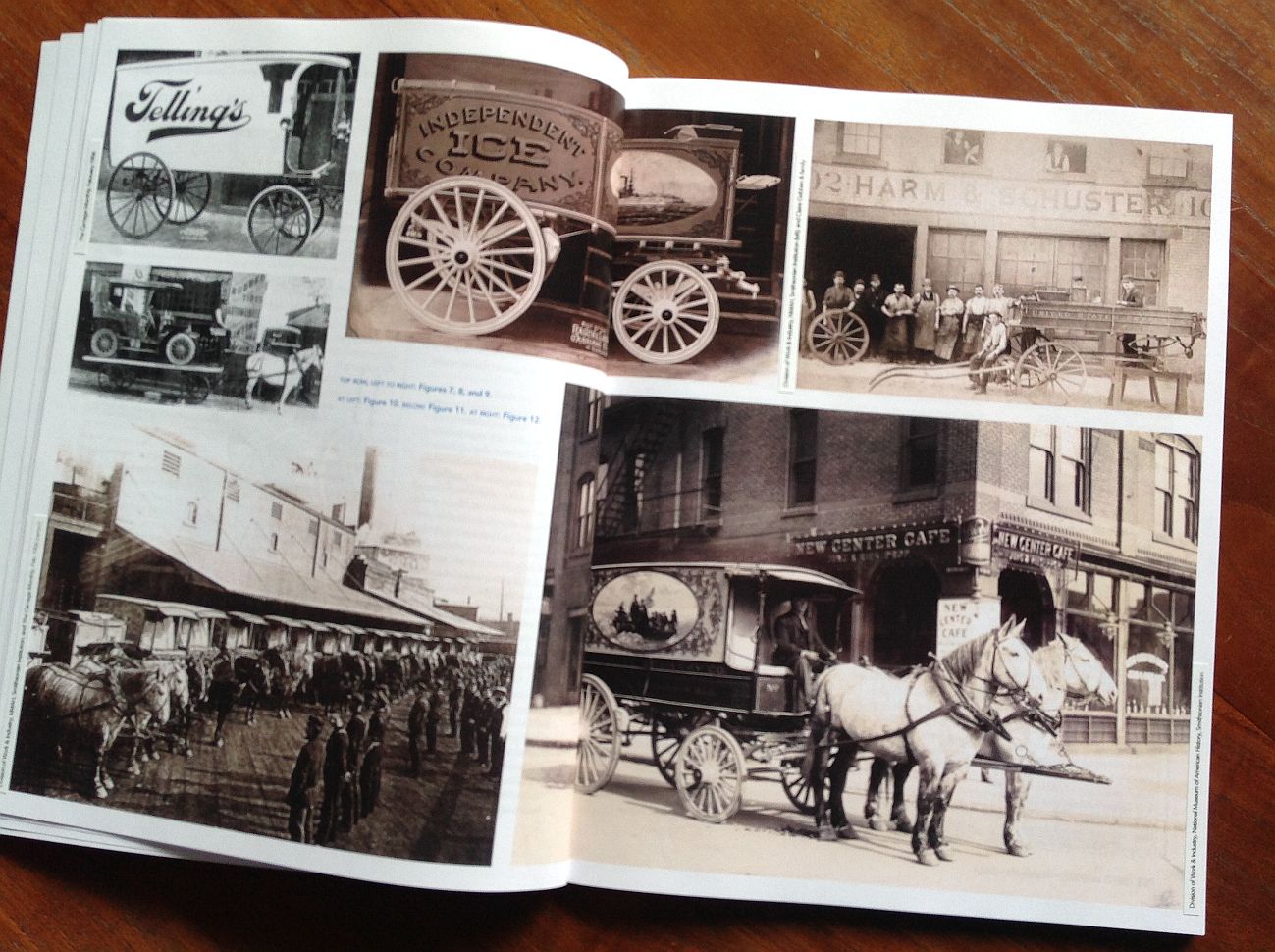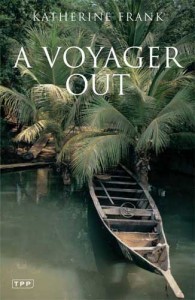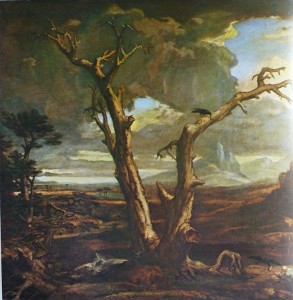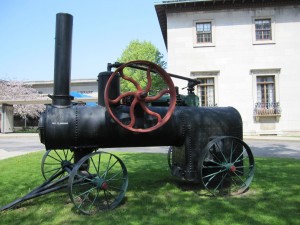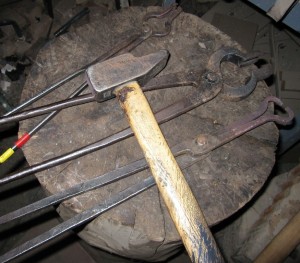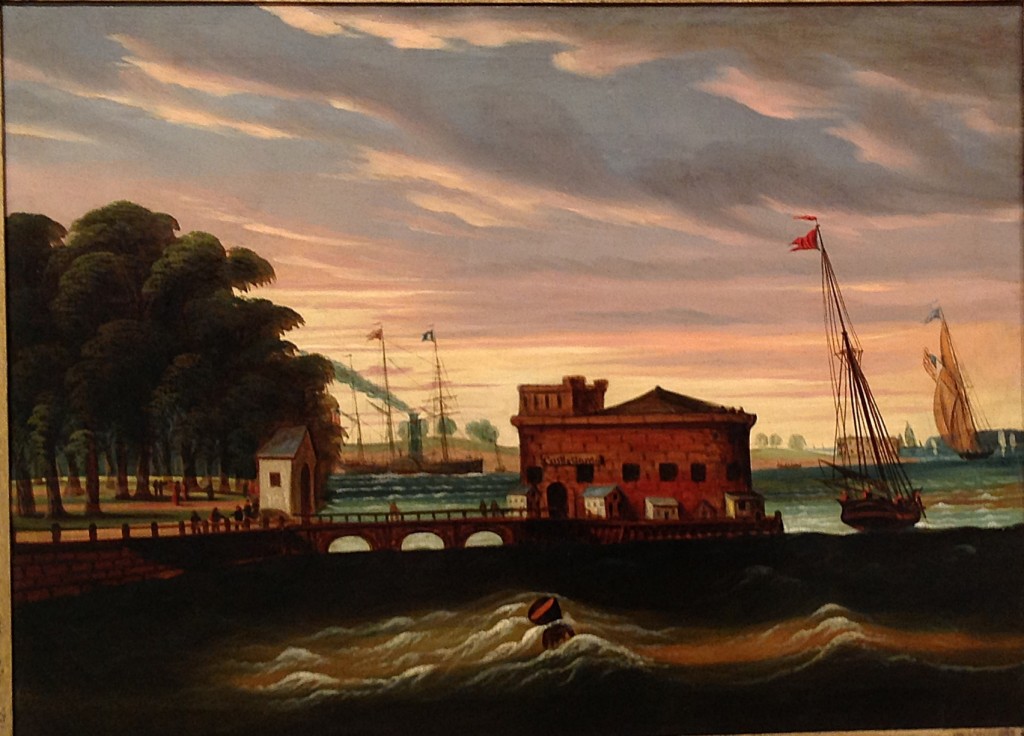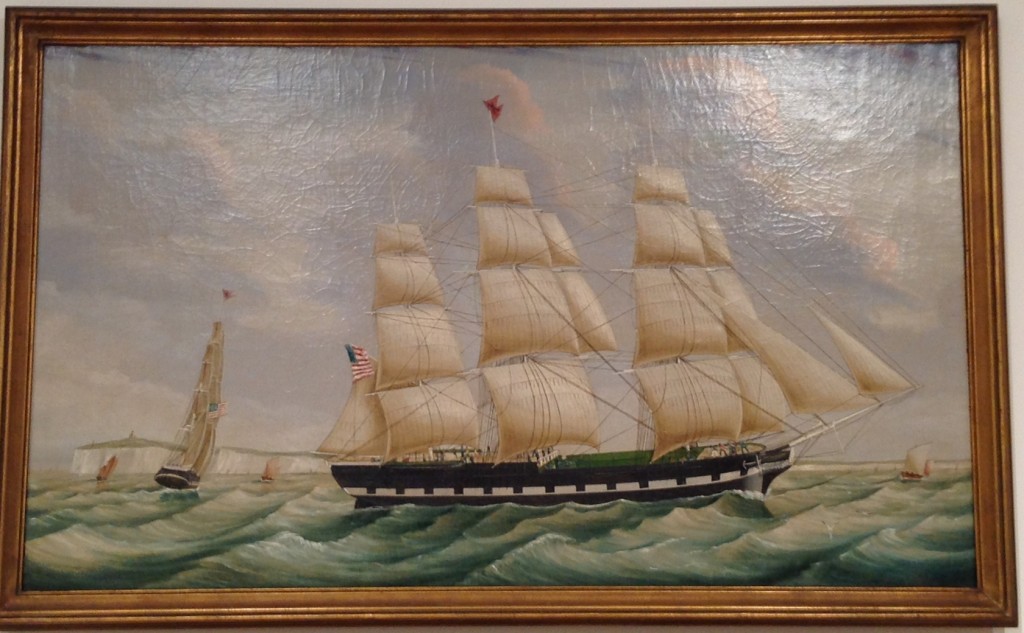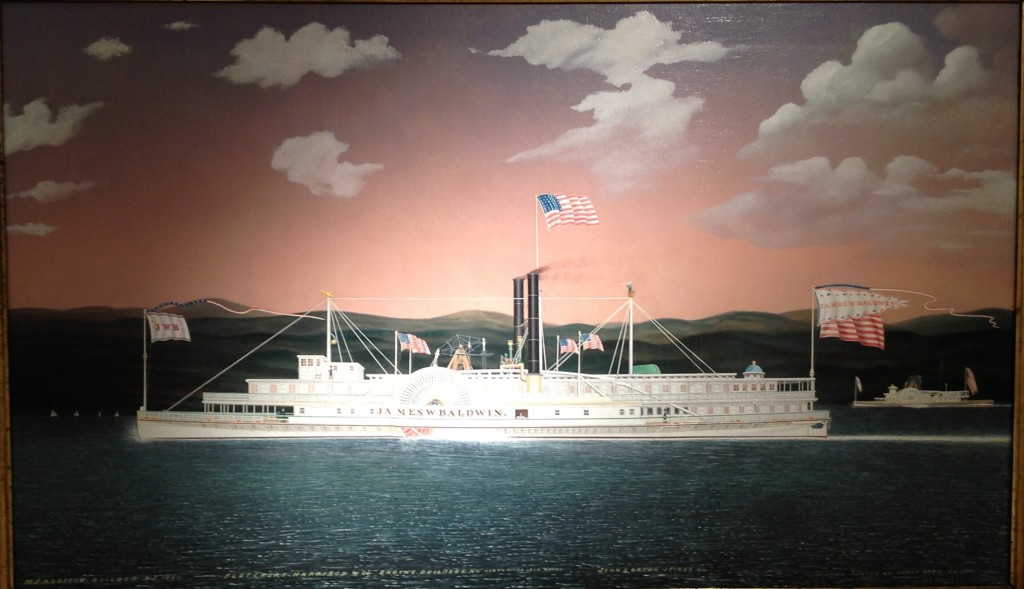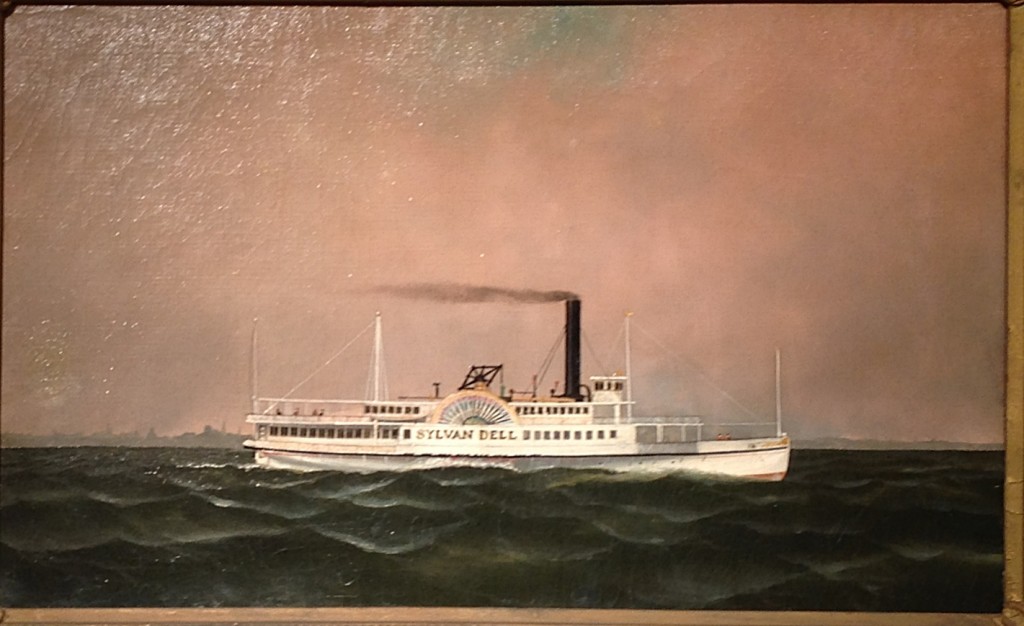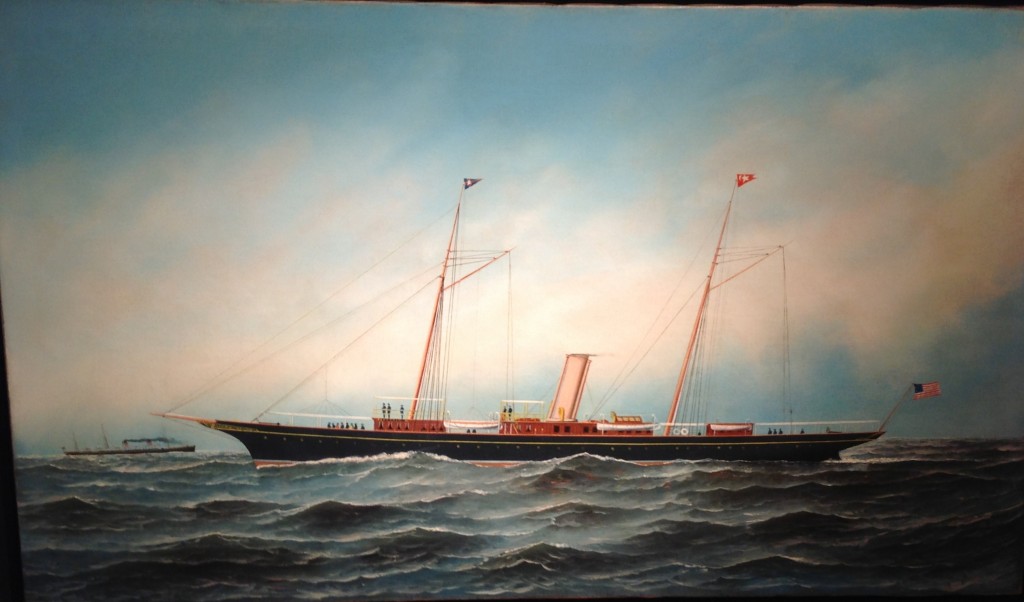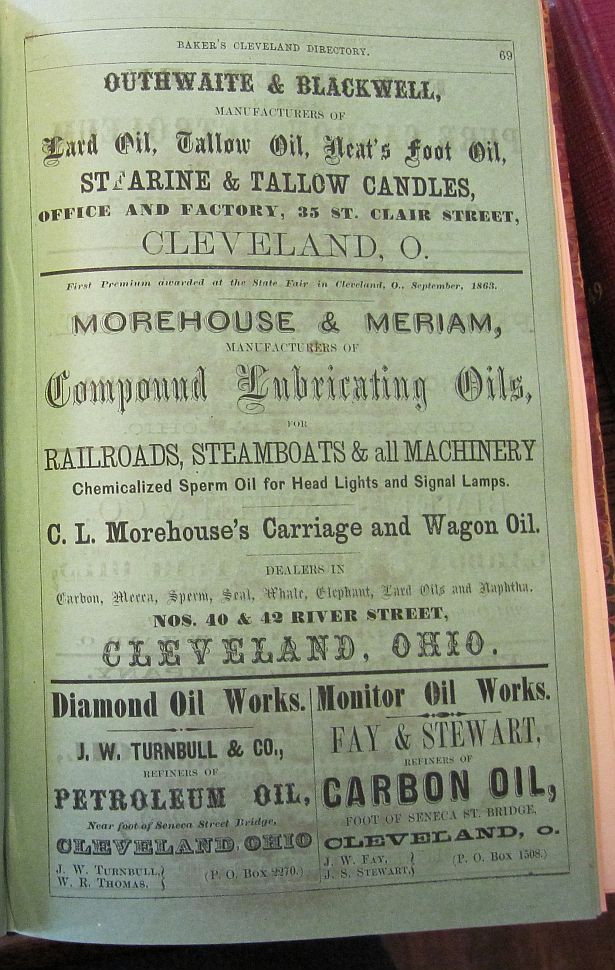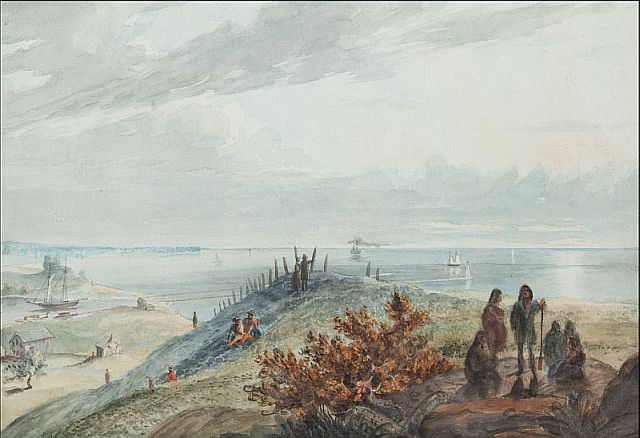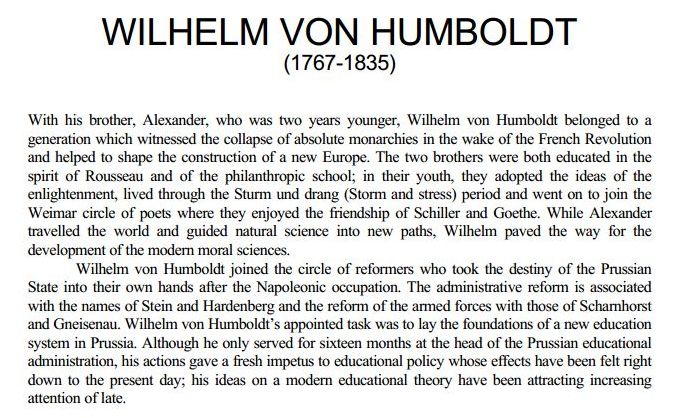I always dreamed of being a writer, but somehow imagined the profession would mainly involve writing. As in, sitting alone at a desk all day scrawling words on a page. Dreaming up stories to tell, and telling them the best way I knew how. Now that I’m actually pursuing my dream, I’m figuring out there’s a whole lot more to it.
Specifically, the journey. In just a few months my book The Last of the Blacksmiths will become a physical reality (available February 15, 2014), but I’m beginning to understand it’s not just about the book. It’s equally about the journey, all the things that have led up to the moment when the book hits store shelves. The days and weeks and months and years of writing, but also of learning things and meeting people and experiencing the unimaginable.
For instance, back in May of 2011 as I was frantically finishing up my MFA thesis based on 19th century Cleveland wagon makers, I sought the assistance of a professor of history at Bluefield College, Thomas A. Kinney. I had come upon his book The Carriage Trade and couldn’t believe how beautifully it filled huge gaps in my knowledge of 19th century carriage-making. So I emailed to thank him, and to ask him a question or two, and the correspondence has continued ever since.
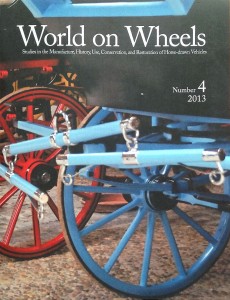 The most recent communication arrived via snail mail just yesterday: a marvelous letter from him, as well as a publication by the Carriage Association of America called World on Wheels Number 4 2013: Studies in the Manufacture, History, Use, Conservation, And Restoration Of Horse-drawn Vehicles. The lead article is by Dr. Kinney, a piece called “Looking Back at Horse-drawn Commercial Vehicles.” The article includes not only mention of Michael Harm of Harm & Schuster Fine Carriages of Cleveland, but also two of my family’s antique photos, one of the Harm & Schuster carriage works and one of the men who worked there. World on Wheels also includes terrific articles about carriages and gender, about Holy Roman and Habsburg carriages, about royal coaches and European Harness Horses. Interested? Order one here.
The most recent communication arrived via snail mail just yesterday: a marvelous letter from him, as well as a publication by the Carriage Association of America called World on Wheels Number 4 2013: Studies in the Manufacture, History, Use, Conservation, And Restoration Of Horse-drawn Vehicles. The lead article is by Dr. Kinney, a piece called “Looking Back at Horse-drawn Commercial Vehicles.” The article includes not only mention of Michael Harm of Harm & Schuster Fine Carriages of Cleveland, but also two of my family’s antique photos, one of the Harm & Schuster carriage works and one of the men who worked there. World on Wheels also includes terrific articles about carriages and gender, about Holy Roman and Habsburg carriages, about royal coaches and European Harness Horses. Interested? Order one here.
Opening the package, I got goosebumps as I realized how much more full of such rewards my life has become since starting this project. In our original email correspondence back in May 2011, Dr. Kinney wrote: “One of the pleasures of writing for publication is the often surprising responses it elicits from people one would never otherwise know.” Hear hear. My head spins with delight like a world on wheels.

